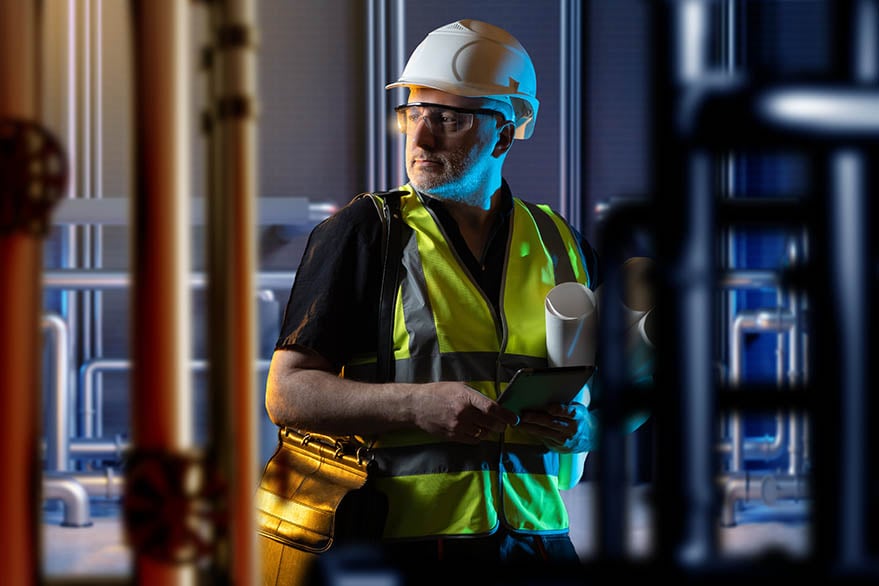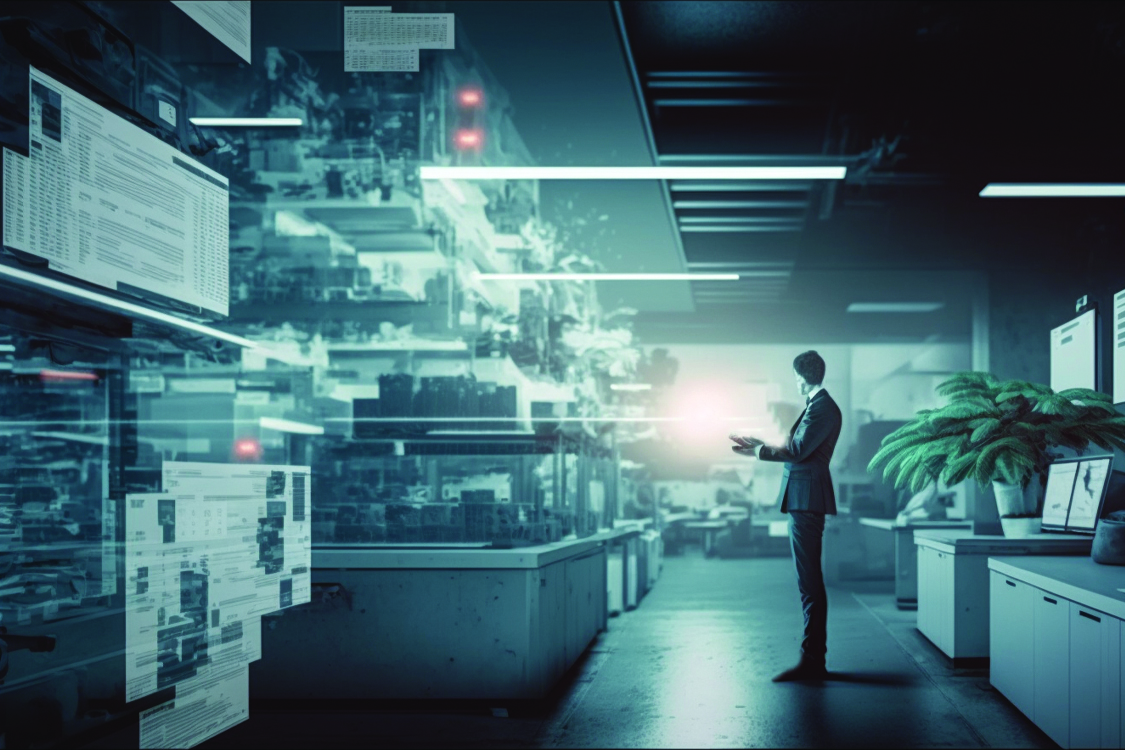Just How Efficient Facility Management Can Change Your Work Environment Setting
Just How Efficient Facility Management Can Change Your Work Environment Setting
Blog Article
Optimize Efficiency and Safety: Ideal Practices in Center Administration
In today's quickly progressing landscape, taking full advantage of effectiveness and security in facility administration has come to be an important emphasis for organizations making every effort to enhance operational efficiency. By incorporating wise modern technology, prioritizing upkeep methods, and fostering a culture of safety and security, center supervisors can considerably improve both efficiency and compliance.
Embrace Smart Innovation

Implementing clever sensors and automation systems permits precise tracking of environmental conditions, occupancy degrees, and devices performance. This data-driven approach not just informs decision-making but additionally sustains predictive maintenance, lessening downtime and extending asset life. Wise innovation boosts user experience by producing flexible environments that respond to the needs of occupants.
Incorporating clever systems likewise promotes sustainability initiatives, such as energy-efficient lights and a/c systems, adding to reduced carbon impacts. By welcoming these developments, facility supervisors can guarantee that their operations remain competitive, resistant, and straightened with contemporary sustainability goals. Inevitably, the shift in the direction of smart technology stands for a transformative action in redefining center monitoring for a much more efficient and sustainable future.
Prioritize Routine Maintenance
Routine maintenance is critical for making sure the durability and performance of center procedures. A well-structured maintenance program not just extends the life of equipment and framework yet likewise lowers the probability of unanticipated failings that can interrupt procedures. By focusing on routine upkeep, facility supervisors can determine potential concerns early, enabling prompt treatments that minimize expensive fixings and downtime.
Developing a regular maintenance timetable is vital. This must consist of routine examinations, servicing, and needed repair services for all equipment, HVAC systems, plumbing, and electrical systems. Utilizing a computerized upkeep monitoring system (CMMS) can enhance this process, offering tracking and informs for upcoming maintenance jobs.
Additionally, fostering a society of responsibility amongst team boosts the effectiveness of maintenance efforts. Educating employees to recognize and report maintenance problems can bring about proactive administration as opposed to reactive responses. In addition, recording maintenance activities makes sure conformity with security policies and supplies valuable insights for future planning.
Implement Safety Training Programs
A detailed safety and security training program is essential for fostering a safe and secure working atmosphere in any type of facility. Facility Management. Such programs equip staff members with the understanding and skills necessary to recognize threats, execute safety protocols, and respond successfully in emergencies. By prioritizing security training, companies can considerably reduce the risk of mishaps and injuries, thus boosting overall performance
To implement an efficient safety and security training program, it is vital to this content customize the material to the particular demands of the facility and its procedures. This includes performing an extensive threat evaluation to recognize prospective risks one-of-a-kind to the office. Training should incorporate a selection of topics such as proper equipment use, emergency situation emptying procedures, and first help strategies.
Moreover, it is essential to engage staff members actively during training sessions. Making use of real-life circumstances and hands-on demonstrations can boost understanding and retention of safety practices. Regular refresher programs ought to additionally be scheduled to maintain safety and security recognition at the forefront.
Optimize Room Application
Efficient space application is an important element of facility monitoring that directly affects functional efficiency and cost-effectiveness. Organizations usually fight with underutilized or chock-full spaces, resulting in inefficiencies and boosted costs. To maximize area utilization, center supervisors need to perform regular evaluations to determine how areas are currently being used and where improvements can be made.
Carrying out versatile work space styles, such as open workplace designs or modular furniture, can significantly boost adaptability to changing needs. Furthermore, leveraging modern technology, such as space administration software, can provide valuable insights into tenancy patterns and aid identify underused areas.

Establish Clear Interaction Channels
Optimizing area application frequently reveals the demand for robust communication methods within a facility. Clear communication networks are essential for facilitating efficient cooperation amongst personnel, upkeep groups, and monitoring. By establishing these channels, facility managers can guarantee that information streams effortlessly concerning room use, functional adjustments, and safety and security methods.
Implementing a multi-faceted interaction technique-- integrating digital platforms, such as emails and team cooperation tools, with in person communications-- can dramatically enhance involvement and details dissemination. Regular conferences must be scheduled to discuss ongoing jobs, address worries, and share updates. Additionally, developing a central details center, such as an intranet, enables workers to gain access to essential files and statements quickly.
Moreover, comments systems are necessary to gauge the performance of interaction techniques. Urging team to share their insights can bring about enhancements and foster a society of openness. Educating programs concentrated on communication abilities can further encourage employees to communicate information plainly and effectively.
Inevitably, establishing clear communication channels not only makes best use of efficiency however also improves safety and security by guaranteeing that everybody is educated and lined up with the center's functional goals.

Conclusion
In final thought, the assimilation of clever modern technology, routine upkeep, comprehensive security training, enhanced room application, and reliable use this link communication networks jointly improves efficiency and safety in facility management. These ideal techniques offer as important components for efficient facility administration.
In today's quickly progressing landscape, making best use of performance and security in center administration has ended up being a crucial emphasis for companies striving to enhance operational efficiency. By integrating smart innovation, focusing on upkeep protocols, and cultivating a culture of safety and security, facility supervisors can significantly improve both productivity and compliance.To implement an efficient safety and security training program, it is vital to tailor the material to the details demands of the center and its procedures. By developing these networks, facility managers can ensure that info moves perfectly concerning space use, operational changes, and safety linked here procedures.
In conclusion, the assimilation of smart modern technology, normal upkeep, comprehensive security training, enhanced space application, and effective communication channels collectively enhances performance and safety and security in center administration. - Facility Management
Report this page